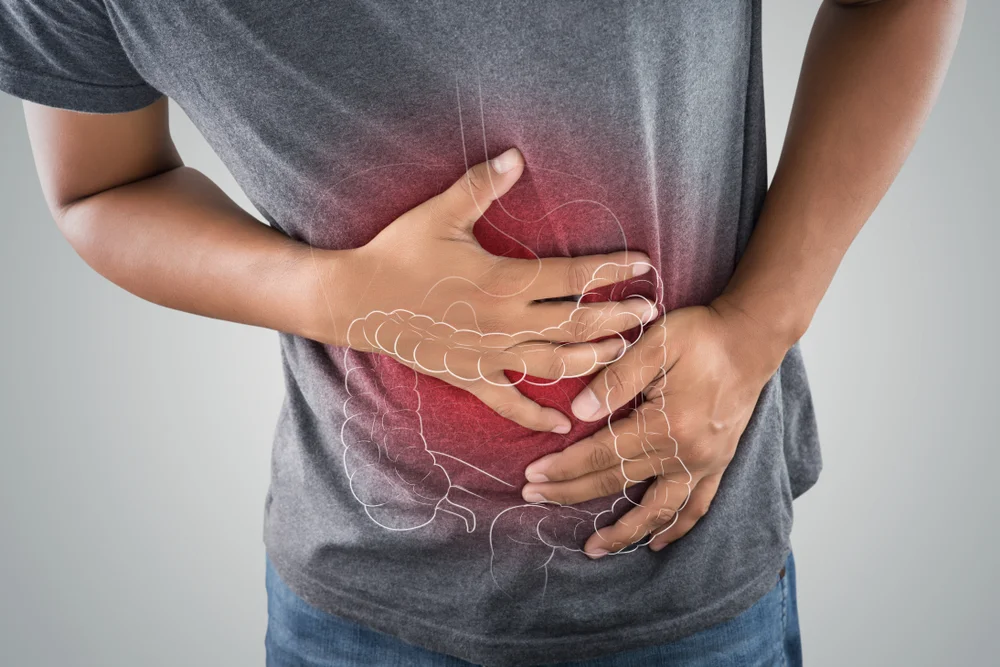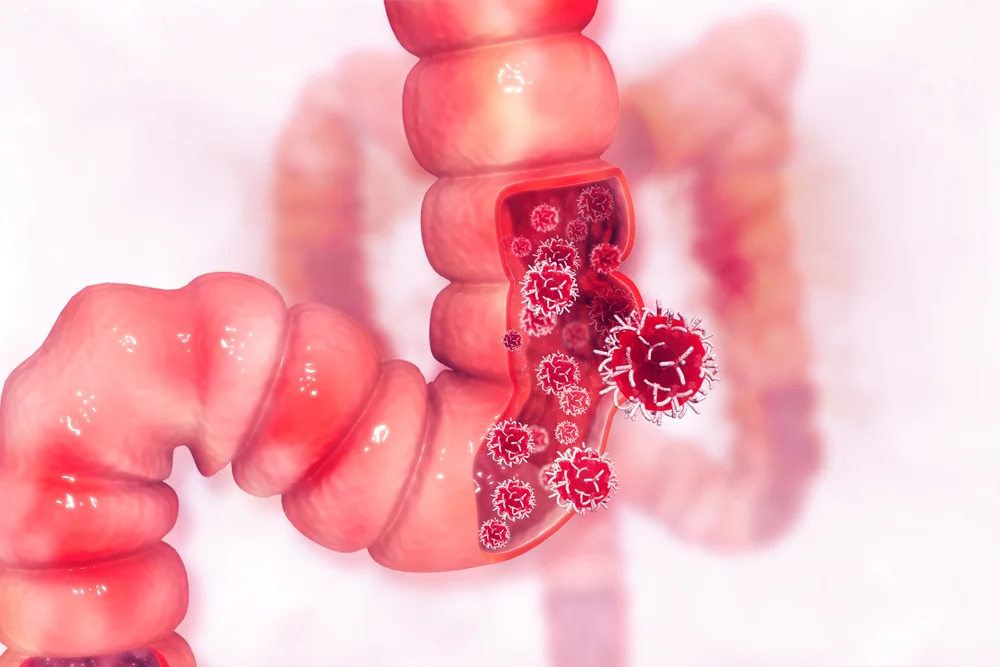Colon Polyps from Colon Cancer – An Overview
In 2017, 95,520 fresh diagnoses were anticipated to happen in the U.S. and are also the third most common cause of cancer-related death. However, progress in diagnosis, screening, and therapy resulted in continuous improvements in survival.
After 50 years of age, regular screenings are advised. If the gastroenterologists in OKC feel, they can ask you for colonoscopy.
Co-occurrence can be colon and rectal cancer. Colorectal cancer is known as this. The last few centimeters of the big intestine, the nearest to anus affected by rectal cancer.
What Are Colon Polyps?
Colon polyps are growths within a colon or rectum internal lining. They can differ in size, form, and number and can eventually grow to cancer, although they are benign. For this reason, the early detection and removal of polyps are essential for colon cancer prevention. The doctors in OKC always prescribe colonoscopy before the surgery.
Types of Colon Polyps
There are two different colon polyp kinds: adenoma and hyperplastic. The main distinction is their probability of becoming cancerous. Hyperplastic polyps do not constitute cancer risk factors. However, in almost all instances of colon cancer, adenomas are thought to have originated. Although not all adenoma polyps become cancer, this link is sufficient for physicians to consider and treat these growths pre-cancerously.
Symptoms
The large intestine is affected by colon cancer. It generally grows from mild polyps. In the early phases, there often are no symptoms; however, as cancer progresses, symptoms may grow.
This includes:
Diarrhea or constipation
Rectal bleeding
Loose and narrow stools
Continual urges to defecate
Pain, cramps, bloating, in the abdominal area
Weakness
Iron deficiency
Unexplained weight loss
Pain while bowel movements
Irritable bowel syndrome
Additional symptoms can occur in the new region if cancer spreads into a new position of the body. The liver is impacted most frequently. At this stage, a colonoscopy can diagnose the problem, and the patients can be treated before the condition becomes worse.
Diagnosis
Colonoscopy: Colonic polyps are generally diagnosed through colonoscopy. A barium enema is efficient, and especially the double-contract examination, but colonoscopy is preferable because polyps can also be removed. Since rectal polyps are often multiple and can be cancer-compatible, full colonoscopy of the cecum is compulsory even if flexible sigmoidoscopy is used for a distal lesion.
If during the colonoscopy, your gastroenterologist discovers polyps, that implies your screening work has worked effectively. You may have efficiently avoided the growth of colon cancer, which should make you feel happy by recognizing and removing them. Based on your colonoscopy and polyp biopsy, your doctor can suggest a timetable for how often you should repeat the test. Following these repetitive screenings will continue to assist detect possibly hazardous growths or modifications in the colon before becoming a problem.
Do not delay your suggested screening if you are 50 years or older or deemed to be above average colon cancer danger. Contact us at Digestive Diseases Specialists today and ask one of our gastroenterologists in OKC for consultations and colonoscopy.
** Disclaimer: The article above implies no medical advice; it constitutes no terms between patient and doctor.


